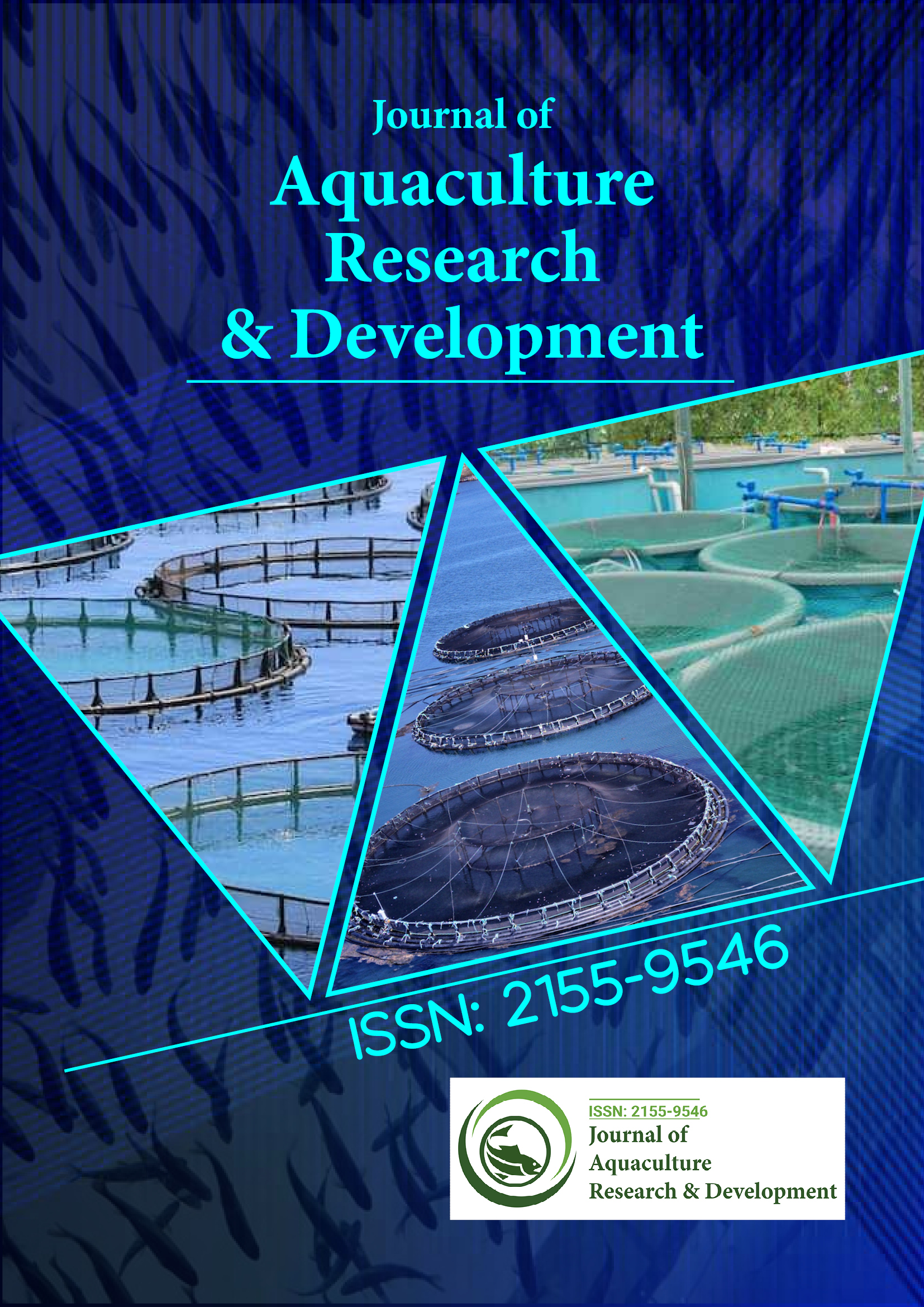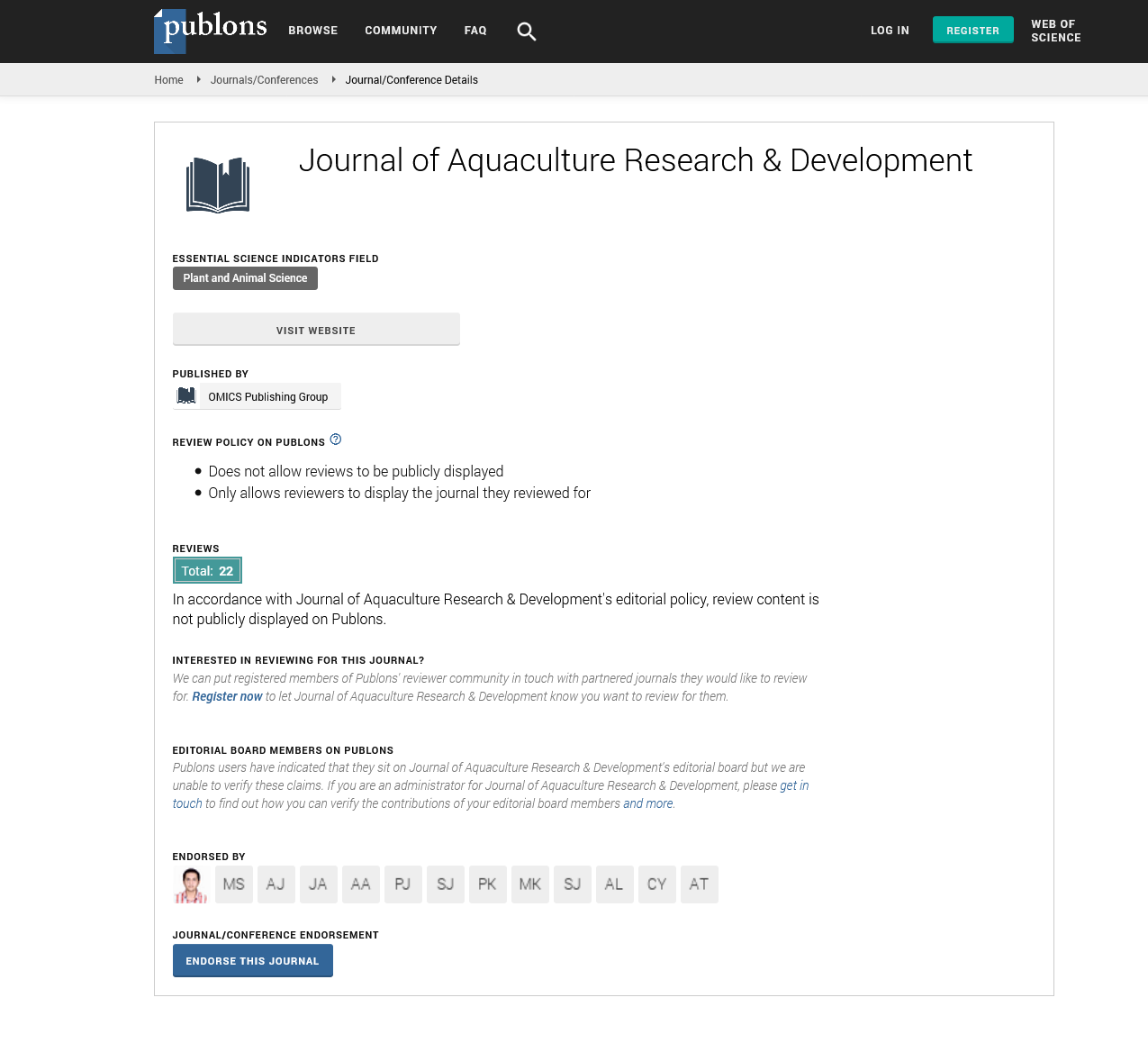Indexed In
- Online Access to Research in the Environment (OARE)
- Open J Gate
- Genamics JournalSeek
- JournalTOCs
- Scimago
- Ulrich's Periodicals Directory
- Access to Global Online Research in Agriculture (AGORA)
- Electronic Journals Library
- Centre for Agriculture and Biosciences International (CABI)
- RefSeek
- Directory of Research Journal Indexing (DRJI)
- Hamdard University
- EBSCO A-Z
- OCLC- WorldCat
- Scholarsteer
- SWB online catalog
- Virtual Library of Biology (vifabio)
- Publons
- MIAR
- University Grants Commission
- Euro Pub
- Google Scholar
Useful Links
Share This Page
Journal Flyer

Open Access Journals
- Agri and Aquaculture
- Biochemistry
- Bioinformatics & Systems Biology
- Business & Management
- Chemistry
- Clinical Sciences
- Engineering
- Food & Nutrition
- General Science
- Genetics & Molecular Biology
- Immunology & Microbiology
- Medical Sciences
- Neuroscience & Psychology
- Nursing & Health Care
- Pharmaceutical Sciences
Perspective - (2024) Volume 15, Issue 10
Interactions and Future Perspectives of Mannitol and Marine Bacteria
Barbosa Yang*Received: 25-Sep-2024, Manuscript No. JARD-24-27504; Editor assigned: 27-Sep-2024, Pre QC No. JARD-24-27504 (PQ); Reviewed: 11-Oct-2024, QC No. JARD-24-27504; Revised: 18-Oct-2024, Manuscript No. JARD-24-27504 (R); Published: 25-Oct-2024, DOI: 10.35248/2155-9546.24.15.917
Description
Marine ecosystems represent one of the largest reservoirs of biomass on Earth. Among the many components of marine biomass, various polysaccharides and sugar alcohols, such as mannitol, play vital roles in the carbon cycle. Mannitol, a sixcarbon sugar alcohol (hexitol), is primarily synthesized by photosynthetic marine algae and certain bacteria. It has garnered interest due to its ecological significance and potential industrial applications. This article systematically reviews the current research surrounding mannitol as a marine carbon source, analyzing its biogeochemical role, production pathways, ecological functions and potential applications across various industries. Mannitol, known for its use in the food, pharmaceutical and chemical industries, has garnered interest beyond terrestrial sources. Marine ecosystems, particularly seaweeds, produce substantial quantities of mannitol. In seaweeds, especially brown algae (Phaeophyceae), mannitol acts as a primary product of photosynthesis, a carbon storage molecule and an osmoprotectant. Mannitol in marine systems contributes significantly to carbon fluxes, both within marine organisms and through interactions with microbial communities. Moreover, it serves as a potential candidate for bio-based products, offering sustainability and versatility in its applications.
Mannitol is primarily synthesized through photosynthesis in marine algae, playing a dual role as an energy reserve and a metabolic intermediary. In brown algae, mannitol is produced via the enzyme mannitol-1-phosphate dehydrogenase, converting fructose-6-phosphate into mannitol-1-phosphate, which is subsequently dephosphorylated into mannitol. In marine ecosystems, mannitol functions as both a carbon and energy source for various marine organisms. Algae release mannitol into surrounding waters, where it becomes available to heterotrophic bacteria. The turnover of mannitol by these microorganisms contributes to the marine carbon cycle, affecting the distribution and transformation of organic carbon in ocean waters.
Mannitol also plays an important role in osmotic regulation, especially in intertidal species like brown algae that experience extreme fluctuations in salinity. By regulating internal osmotic pressure, mannitol helps these organisms maintain cellular integrity and function under environmental stressors, including dehydration and salinity shifts. This osmotic regulation mechanism makes mannitol essential for the survival and productivity of marine algae in fluctuating environments. The metabolic pathway for mannitol synthesis in brown algae is well-characterized. In the initial step, fructose-6-phosphate is converted to mannitol-1-phosphate by Mannitol-1-Phosphate Dehydrogenase (M1PDH), followed by dephosphorylation by Mannitol-1-Phosphatase (M1Pase) to produce free mannitol. This process is highly regulated by environmental factors such as light intensity, salinity and temperature. Moreover, mannitol synthesis is linked to photosynthetic activity, with higher production observed during periods of high light availability.
Research into the genetic regulation of mannitol biosynthesis has revealed key genes involved in this process, which may have applications in bioengineering and synthetic biology. For example, overexpression of genes encoding M1PDH in algae could potentially enhance mannitol production, making these organisms more efficient as biofactories for industrial purposes. Mannitol plays a critical role in marine ecosystems as both a primary and secondary metabolite. As a primary metabolite, it serves as a carbon reserve in algae, ensuring continued metabolic function even during periods of low photosynthetic activity, such as night or during unfavorable environmental conditions. The ability of brown algae to store carbon in the form of mannitol allows them to thrive in diverse and often challenging marine environments. As a secondary metabolite, mannitol influences the microbial community structure in marine environments. When released by algae, mannitol acts as a substrate for marine bacteria, particularly those capable of utilizing sugar alcohols. These bacteria play essential roles in degrading organic matter, recycling nutrients and contributing to the marine carbon cycle.
The interaction between mannitol-producing algae and marine bacteria also exemplifies a unique symbiotic relationship. Algae produce mannitol during photosynthesis, which becomes a readily available energy source for bacteria. In return, bacteria may assist algae by degrading other organic materials and promoting nutrient cycling within the ecosystem. Beyond its ecological significance, marine-derived mannitol has garnered attention for its potential in various industries. Mannitol's low glycemic index and non-hygroscopic properties make it suitable for use in food products, particularly as a sugar substitute in lowcalorie and diabetic-friendly foods. In the pharmaceutical industry, mannitol is widely used as an excipient in tablet formulations, due to its stability, non-reactivity and compatibility with a variety of active pharmaceutical ingredients.
Citation: Yang B (2024). Interactions and Future Perspectives of Mannitol and Marine Bacteria. J Aquac Res Dev. 15:917.
Copyright: © 2024 Yang B. This is an open-access article distributed under the terms of the Creative Commons Attribution License, which permits unrestricted use, distribution, and reproduction in any medium, provided the original author and source are credited.

